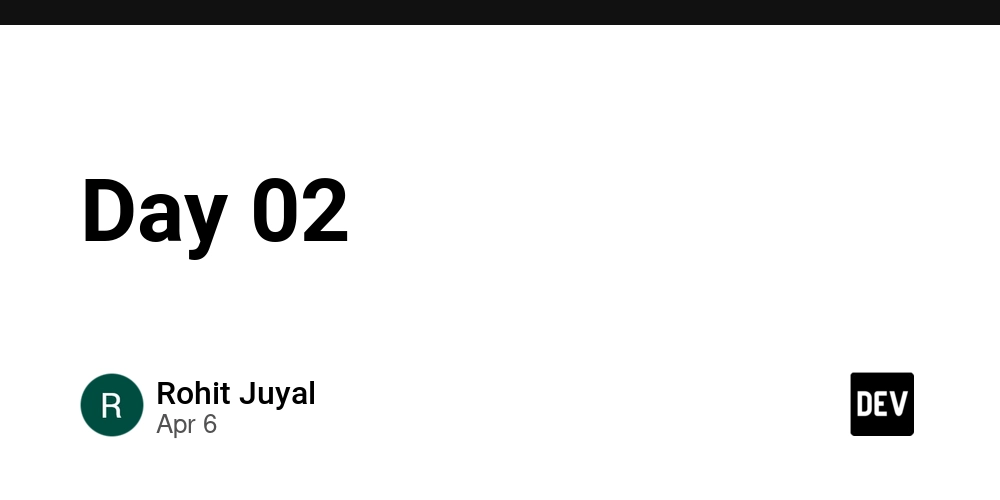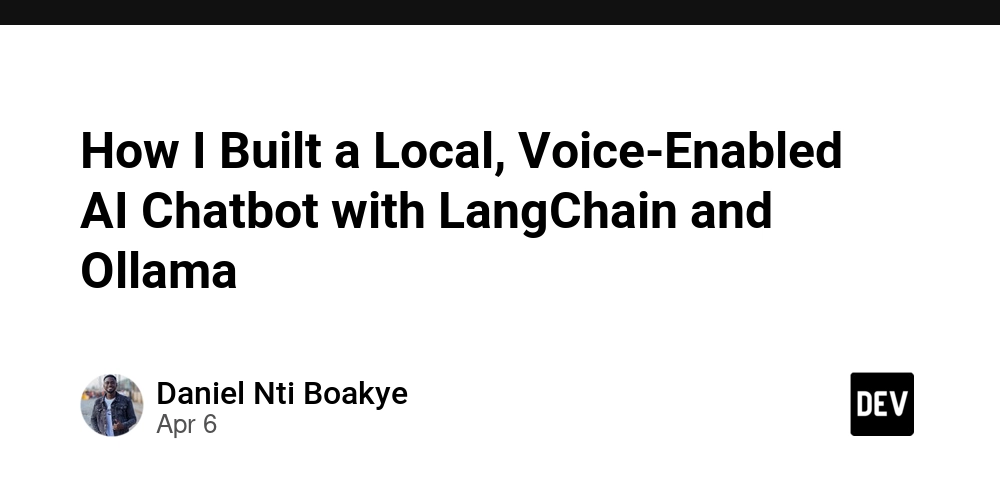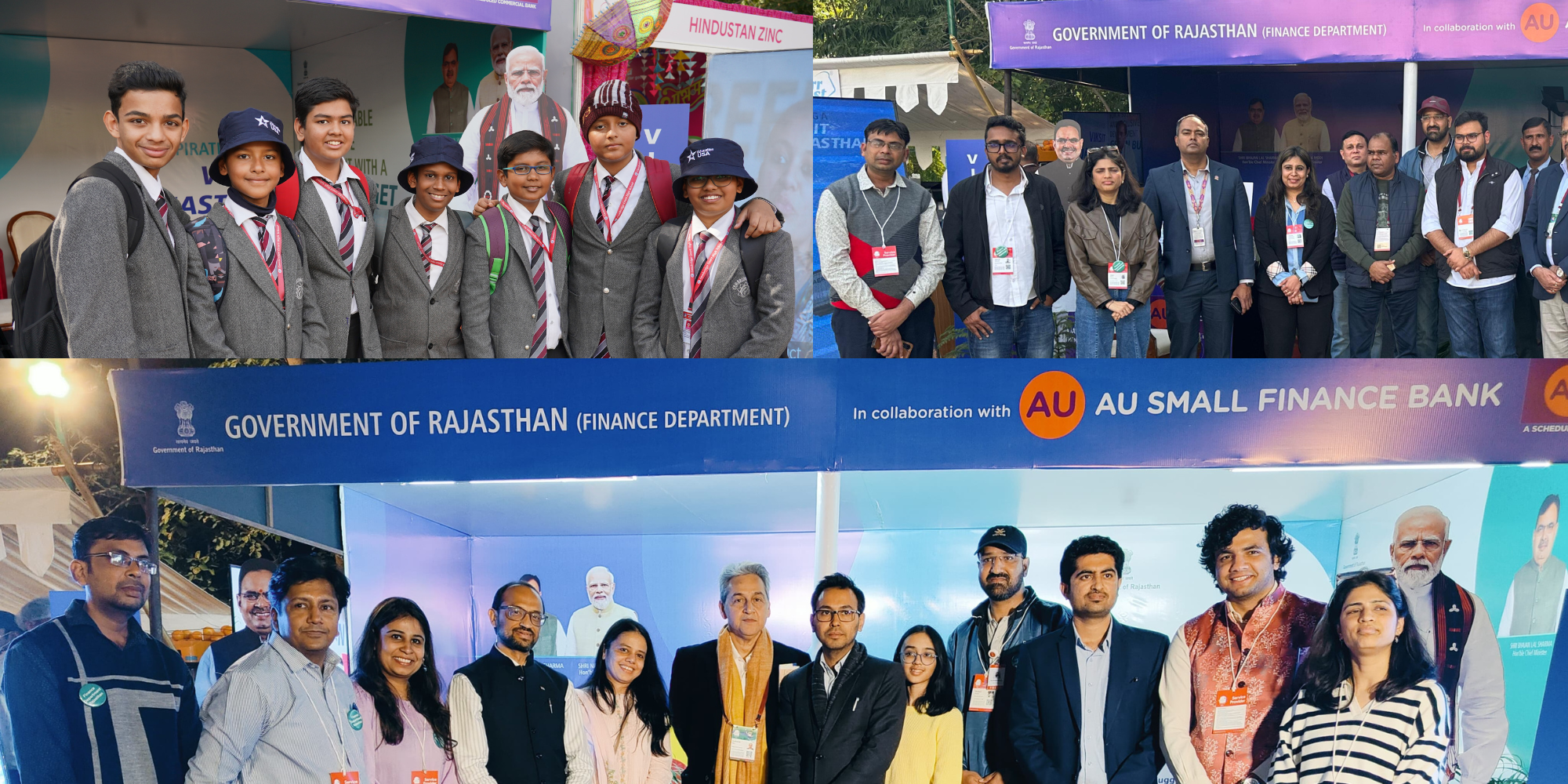AI-powered workforce planning: Predicting talent needs before they arise
Organisations must rethink workforce planning through AI-driven efficiency. Employees utilising AI effectively can accomplish more in less time, altering traditional job roles and headcount requirements.


AI is transforming the workplace—not by replacing jobs, but by amplifying human capabilities. Employees who integrate AI into their workflows can unlock new levels of productivity and efficiency. As AI takes on routine tasks, professionals can shift their focus to strategic and creative problem-solving. This shift presents both challenges and opportunities, making workforce planning more critical than ever.
Organisations must address key questions: Which roles benefit most from automation? Who needs upskilling to work effectively with AI? How can businesses ensure employees remain engaged and motivated during this transition?
Rather than seeing AI as a disruptor, companies should position it as a catalyst for growth. Future-ready workforce planning involves equipping employees with AI skills while also bringing in talent that understands and leverages AI effectively.
AI integration boosts both speed and accuracy, leading to enhanced efficiency. Consider a software developer who spends a lot of time writing complex scripts. While their expertise is important, AI-powered coding assistants can speed up repetitive tasks, freeing them to focus on bigger problems, designs, and innovation. With AI as a collaborator, developers can amplify their impact, boosting both speed and accuracy.
Workforce planning in the age of AI
Organisations must rethink workforce planning through AI-driven efficiency. Employees utilising AI effectively can accomplish more in less time, altering traditional job roles and headcount requirements. Businesses need to:
- Assess AI-driven productivity gains: Determine the workforce needed for each job function based on greater efficiency levels.
- Upskill and reskill existing employees: Invest in AI training programmes to enhance employee productivity rather than simply automating their roles.
- Balance internal talent development with external hiring: While some AI-savvy candidates must be hired, companies must also focus on training their workforce to bridge skill gaps.
- Identify surplus resources: Businesses must evaluate the workforce landscape and redeploy or, if necessary, reduce headcount strategically.
- Source highly skilled talent for niche AI roles: Organisations need to identify roles that require expertise and acquire such talent proactively.
Forecasting future talent needs
AI-powered workforce planning allows businesses to anticipate skill gaps and workforce shifts before they happen. By analysing market trends and historical data, AI identifies roles most susceptible to automation and helps organisations proactively address hiring needs. This approach minimises hiring delays, prevents talent shortages, and aligns the workforce with future business goals. 
Optimising hiring and talent allocation
AI-driven recruitment solutions enable businesses to refine hiring strategies by:
- Identifying the best sources for AI-ready candidates
- Assessing a candidate’s adaptability to AI-enhanced roles
- Mapping long-term retention and success based on market data
- Evaluating whether a position should be automated, enhanced with AI tools, or filled by an upskilled employee
This approach ensures optimal talent allocation while minimising hiring costs and employee turnover.
Who needs to be upskilled?
As AI reshapes industries, businesses must determine which roles require human expertise, which can be automated, and who should be upskilled. Routine tasks such as data entry and administrative processing can be automated, while roles requiring problem-solving, creativity, and critical thinking remain essential.
Businesses should train employees in AI, automation, and data analytics, ensuring employees evolve with technology rather than being displaced, creating an adaptable workforce. Organisations that foster internal mobility and upskilling programmes will retain top talent and reduce dependency on external hiring.
Building an AI-ready workforce
As AI transforms workforce planning, businesses must adopt a dynamic, adaptive engagement model that aligns with shifting talent needs. Traditional engagement strategies no longer suffice in an environment where automation, upskilling, and evolving job roles redefine work. Employees must feel valued, motivated, and supported as they adapt to AI-driven changes.
AI-powered employee engagement
An effective engagement model analyses real-time data on employee sentiment, performance, and career aspirations to help businesses provide tailored rewards, learning opportunities, and well-being initiatives. By using AI-driven insights to personalise employee experiences, platforms ensure that employees receive meaningful recognition.
Fostering workplace well-being
AI-enabled tools detect early signs of stress, burnout, and disengagement, allowing HR teams to timely balance the workload for work-life balance, prioritise mental health through well-being programmes, and support career growth to maintain retention.
Upskilling and internal mobility
A successful engagement model identifies skills gaps and recommends targeted training programmes, focusing on continuous learning and career development. Businesses that promote internal mobility and upskilling will retain top talent, create a more adaptable workforce, and reduce reliance on external hiring.
Balancing AI and human expertise
While AI enhances workforce planning, human decision-making remains indispensable, especially in a competitive global talent market. Organisations must leverage AI as a collaborative tool to analyse workforce needs, enhance retention, and optimise talent allocation, without diminishing the human element.
With rising pay scales and evolving employee engagement expectations, businesses must foster a culture of adaptability, continuous learning, and innovation. By integrating AI with strategic workforce planning and a strong human-centric approach, companies can create an environment where employees feel valued, engaged, and empowered to thrive in an AI-driven world.
(Sourabh Deorah is the Co-founder and CEO of AdvantageClub.ai, an AI-powered employee engagement and rewards platform.)
Edited by Kanishk Singh
(Disclaimer: The views and opinions expressed in this article are those of the author and do not necessarily reflect the views of YourStory.)












































































































































































![[The AI Show Episode 142]: ChatGPT’s New Image Generator, Studio Ghibli Craze and Backlash, Gemini 2.5, OpenAI Academy, 4o Updates, Vibe Marketing & xAI Acquires X](https://www.marketingaiinstitute.com/hubfs/ep%20142%20cover.png)



























































































































![[DEALS] The Premium Learn to Code Certification Bundle (97% off) & Other Deals Up To 98% Off – Offers End Soon!](https://www.javacodegeeks.com/wp-content/uploads/2012/12/jcg-logo.jpg)


![From drop-out to software architect with Jason Lengstorf [Podcast #167]](https://cdn.hashnode.com/res/hashnode/image/upload/v1743796461357/f3d19cd7-e6f5-4d7c-8bfc-eb974bc8da68.png?#)









































































































.png?#)
































_Christophe_Coat_Alamy.jpg?#)
 (1).webp?#)


































































































![iPhone 17 Pro Won't Feature Two-Toned Back [Gurman]](https://www.iclarified.com/images/news/96944/96944/96944-640.jpg)
![Tariffs Threaten Apple's $999 iPhone Price Point in the U.S. [Gurman]](https://www.iclarified.com/images/news/96943/96943/96943-640.jpg)










































































































































